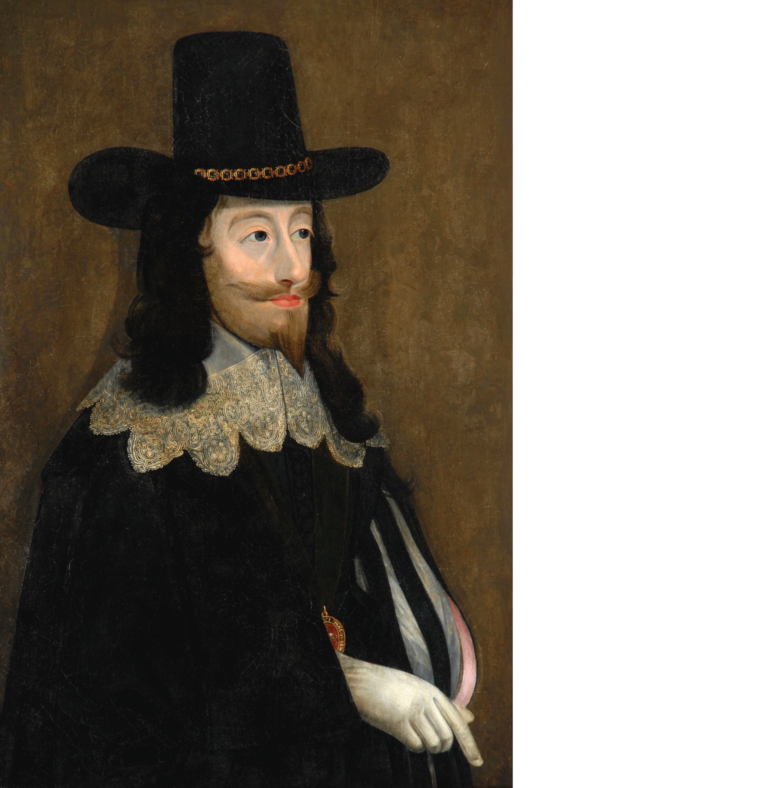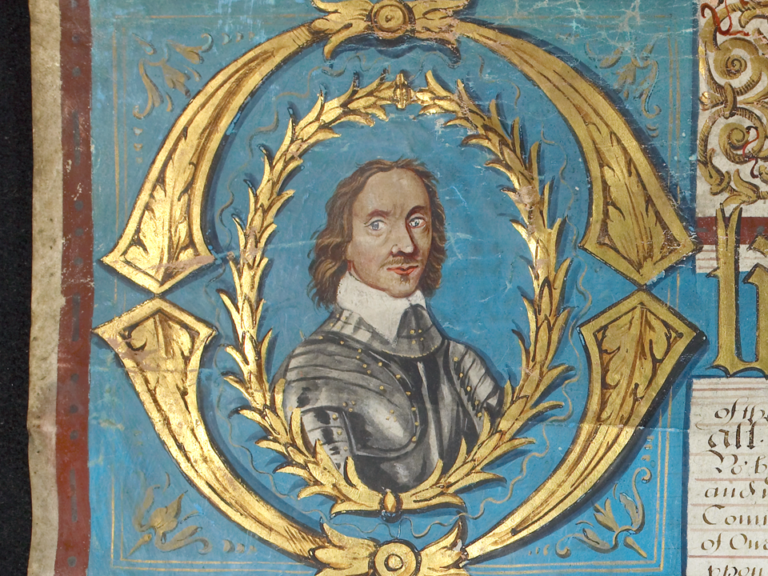This article is from the free online
Archaeology and the Battle of Dunbar 1650: From the Scottish Battlefield to the New World


Reach your personal and professional goals
Unlock access to hundreds of expert online courses and degrees from top universities and educators to gain accredited qualifications and professional CV-building certificates.
Join over 18 million learners to launch, switch or build upon your career, all at your own pace, across a wide range of topic areas.

 Portrait of Charles I © Durham University (Durham Castle)
Portrait of Charles I © Durham University (Durham Castle)
 Portrait of Oliver Cromwell as shown in the charter for the foundation of New College at Durham, 1656-1659 © Reproduced by kind permission of the Chapter of Durham Cathedral
Portrait of Oliver Cromwell as shown in the charter for the foundation of New College at Durham, 1656-1659 © Reproduced by kind permission of the Chapter of Durham Cathedral






